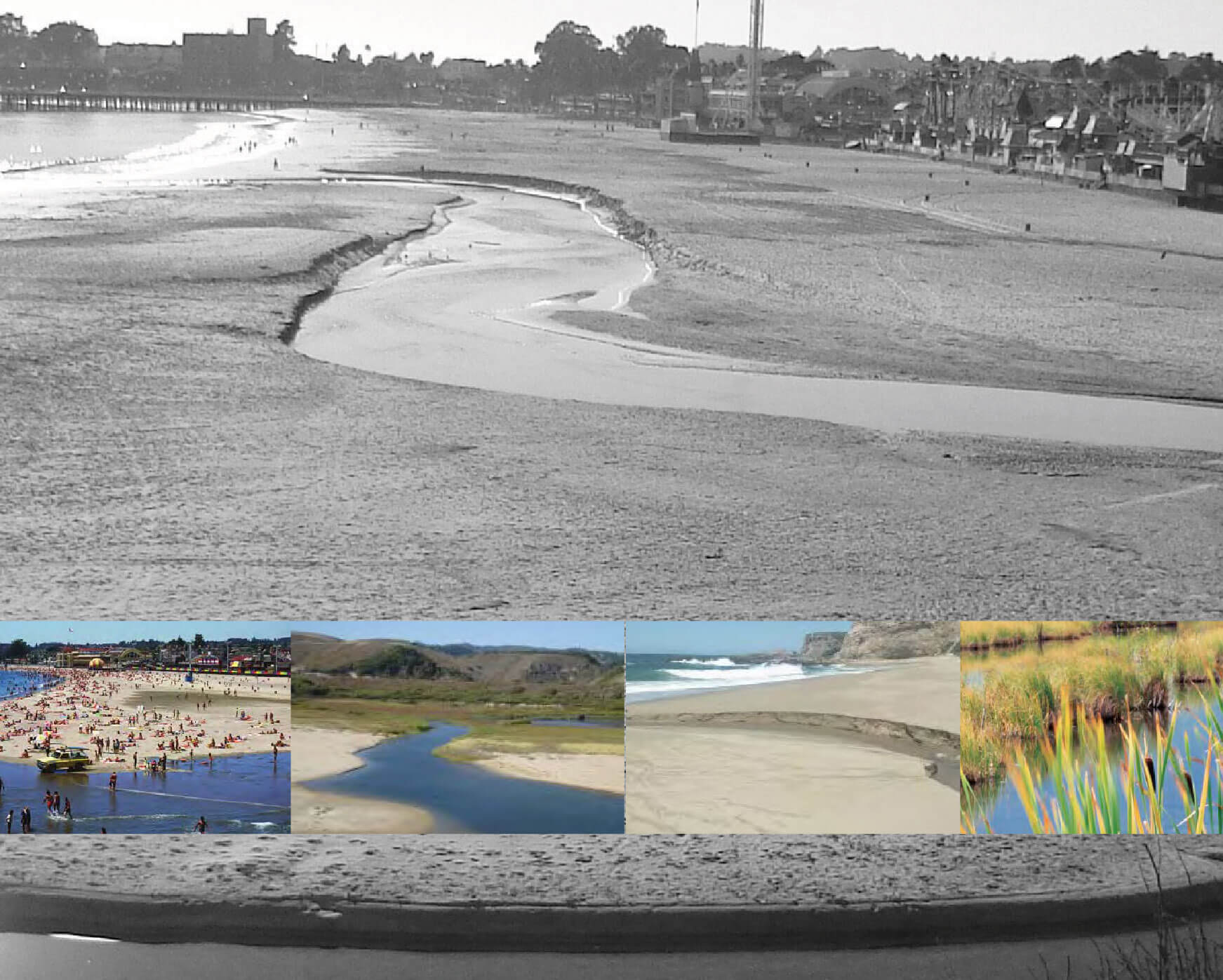Executive Summary excerpt
In the Lake Tahoe Basin, there is an imminent need to quantify the benefit of restoration and pollutant treatment efforts. The Tahoe World July 7, 2005 featured article states, “After millions of dollars have been spent on environmental restoration projects in recent decades, many are hopeful research will soon show those projects are having a positive effect. But no one has drawn that conclusion yet.” (Article entitled: 73.6 ft: Lake Tahoe is clearer today to a depth of almost 74 feet, but no one is saying the positive shift is permanent.)
The BMP Monitoring Evaluation Process was funded by the USFS, Lake Tahoe Basin Management Unit (LTBMU) to compile and synthesize the existing research on BMP urban stormwater quality improvement performance. The synthesis consisted of a detailed review and evaluation of the study designs, study communications, available data and general BMP performance. The primary BMPs evaluated were dry detention basins (3), constructed wetlands/wet basin/meadow (3), and mechanical treatment structures (8). One source control study and three controlled experiments were also reviewed and incorporated into the synthesis. Based on the independent nature of Lake Tahoe water quality monitoring studies, the strengths and weaknesses of various studies were used to develop recommendations to standardize pollutant nomenclature, pollutant parameters of concern, monitoring study priorities, study communication structure, necessary BMP design and catchment characteristics to be included in study communications, data reporting structure, etc. The goal is to incorporate these recommendations into the LTIMP Lake Tahoe Monitoring Guidelines.
